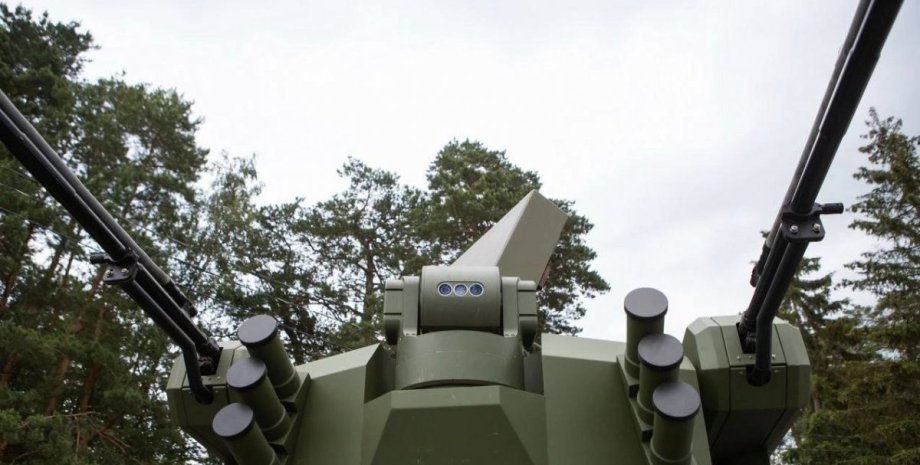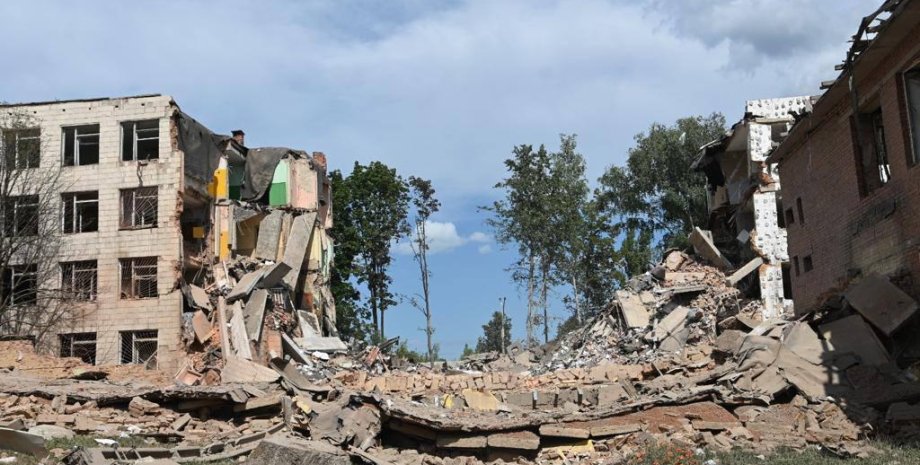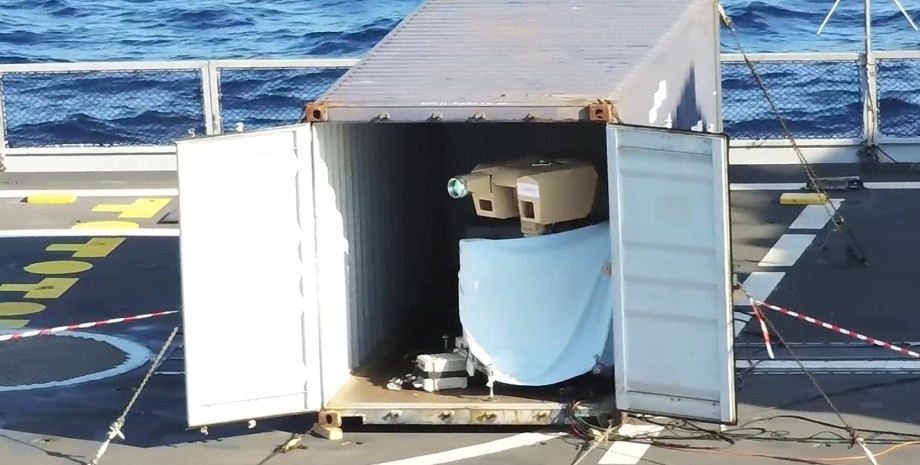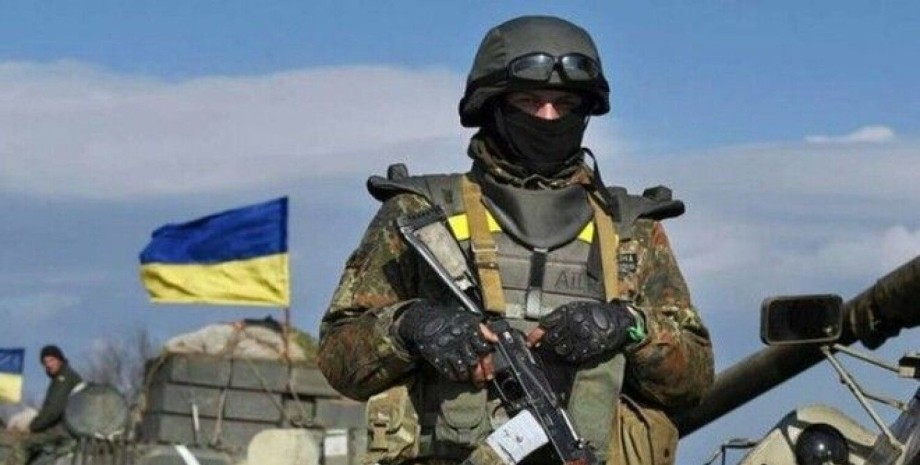
 By Eliza Popova
By Eliza Popova
"At that time, Ukraine actually had no heavy long-range and accurate weapons - artillery hits up to 40 km, anti-aircraft guns - up to 70 km and works in an area, Neptune missiles existed only in the "land-ship" modification, S-300 anti-aircraft systems are designed to work on air targets and are inaccurate when working on ground targets, and are not long-ranged enough," the brigade's Facebook page says.
The only effective means was "Point-U" with a firing range of up to 120 km and a warhead weighing 482 kg. The brigade was fully equipped with these systems, and at the beginning of the invasion remained the only missile unit of this type in the Armed Forces of Ukraine. A week before the invasion, units of the 19th Brigade were secretly redeployed to concentration areas. When Russia began the offensive, the calculations were already in position and immediately began to perform combat tasks.
At the same time, the command organized demonstration columns to mislead the enemy about the real location of the units. In the northern direction, rocket launchers operated in the Chernihiv region, between two Russian offensive routes. From the encirclement, they struck supply lines, convoys and objects near Kyiv and in the Chernobyl exclusion zone. Despite the attempt of Russian air defense systems to carry out airstrikes, there were no casualties among personnel and equipment.
"Given the maneuverability and ability to strike, the units of the brigade took over one or two regions of Ukraine and, changing the direction, struck behind the line of battle, destroying the enemy with impunity. Dozens of launches were carried out every day, and at such an operational depth that the enemy did not expect strikes and felt safe," the brigade emphasized.
In the eastern direction, the unit advanced towards Severodonetsk and on February 25 struck the Russian Millerovo Air Base, destroying aircraft and personnel. Another strike by "Point-U" with cluster warheads hit convoys of armored vehicles between the Luhansk and Donetsk regions. In the southeast, in the area of Volnovakha, when communication was lost, the crew independently restored communication and launched missiles at the Taganrog airbase.
As a result, an Il-76 transport plane was destroyed and another one was damaged. In the south, the units of the brigade restrained the advance of Russian troops from the Crimea in the direction of the South Ukrainian NPP, acting with a constant change of positions and high mobility. The enemy's offensive was stopped near Voznesensk in the Mykolaiv region.
The fighters also said that in the conditions of shortage of ammunition, Ukrainian engineers began to use the remaining missile bodies, installing on them warheads adapted from aerial bombs. This improvisation made it possible to continue hostilities, despite limited supplies. According to the brigade, "U-Points" were used during strikes on Chornobayivka, Zmiiny Island, Russian airfields, warehouses and logistics routes, as well as during the defense of Kherson and Kharkiv.
Among the results, the defeat of the amphibious assault ship "Saratov" is noted. In this way, mobility, camouflage and engineering ingenuity allowed Ukrainian rocketry to operate effectively against a superior enemy while the country waited for the delivery of modern Western systems. We will remind, according to Western analysts, the transfer of American Tomahawk cruise missiles to Ukraine may not be a reason for escalation, but a step towards ending the war.










All rights reserved IN-Ukraine.info - 2022